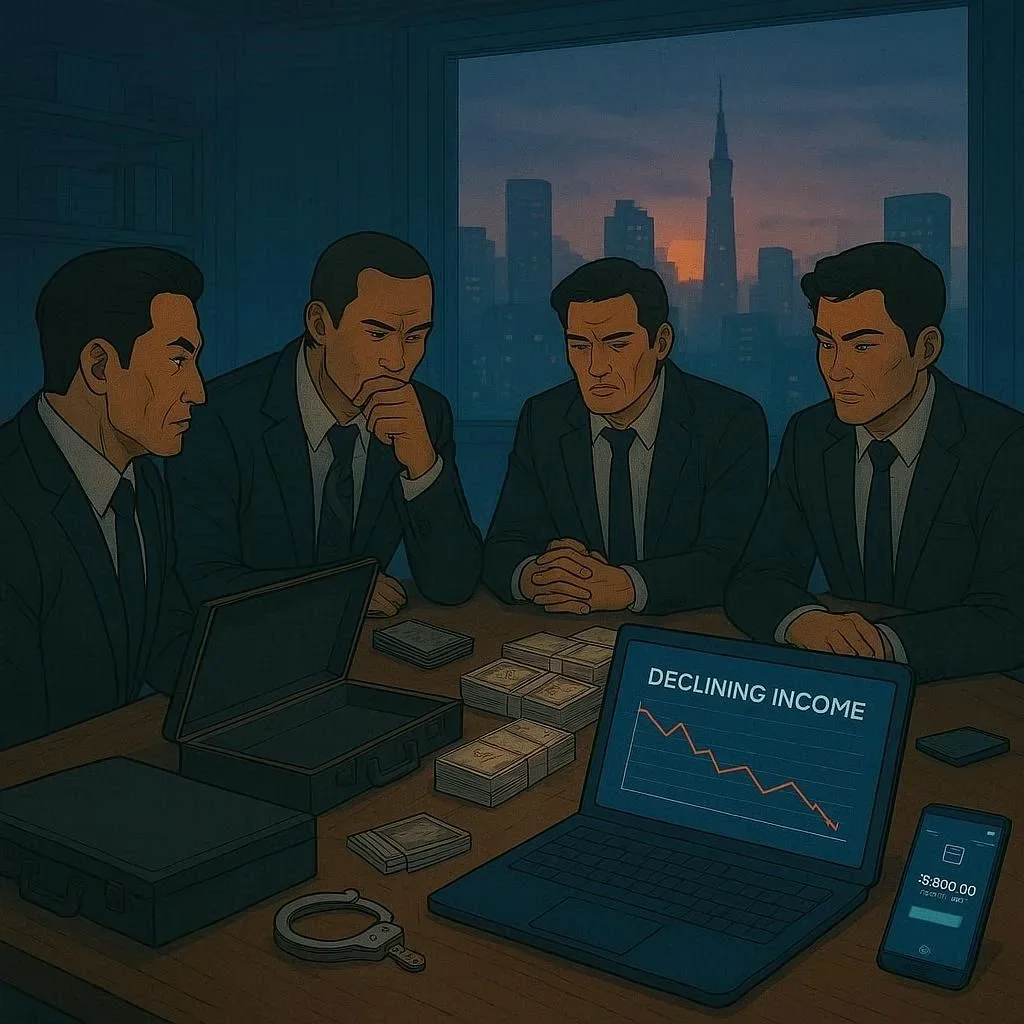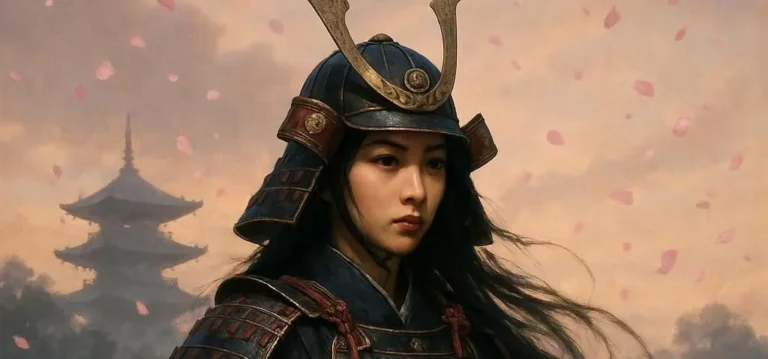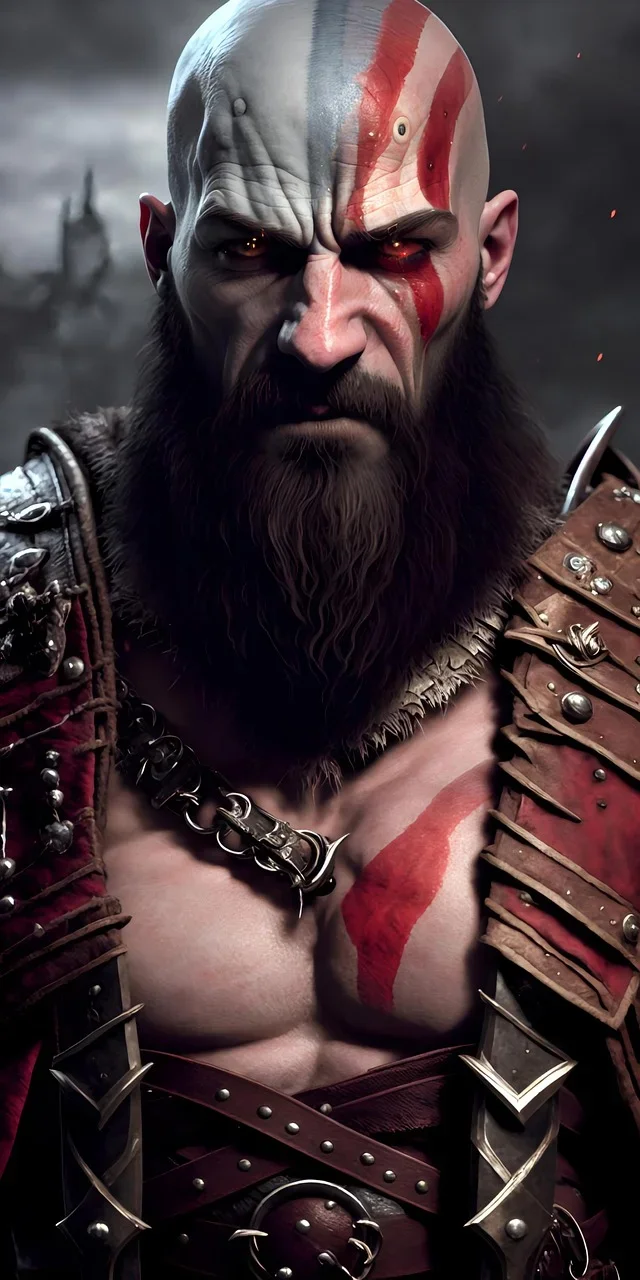504 views The Decline of Samurai Power and Rise of Modern Japan
From Samurai to Modernity: Japan’s Transformation
Japan’s journey from a feudal society dominated by samurai to a modern, industrialized nation is a captivating narrative of cultural, political, and social evolution. This transformation, while gradual, was catalyzed by significant historical events that reshaped the nation’s destiny. In this blog, we delve into the decline of samurai power and the emergence of modern Japan.
The Role of Samurai in Feudal Japan
The samurai, members of the warrior class, were pivotal in Japanese society from the 12th to the 19th centuries. Their role extended beyond warfare; they were administrators, philosophers, and adherents to the Bushido code, a set of ethical principles emphasizing courage, loyalty, and discipline. For centuries, samurai ruled as the shoguns, their power central to Japan’s feudal hierarchy.
Factors Leading to the Decline of Samurai Power
Foreign Influence and Modernization
The arrival of Commodore Matthew Perry in 1853 marked the beginning of the end for samurai dominance. The forced opening of Japan to the West introduced modern technology and ideas, challenging traditional structures. The samurai, unprepared for the rapid changes, struggled to maintain their status in a world increasingly governed by industrial might.
Economic Pressures and the Agrarian Crisis
Japan’s economy, heavily reliant on agriculture, faced strain due to population growth and limited land. Peasants bore the brunt, leading to discontent that delegitimized the samurai class. The economic imbalance weakened the samurai’s foundation, creating an environment conducive to change.
Political Shifts: The Meiji Restoration
The Meiji Restoration of 1868 was the final blow to samurai power. The abolition of feudal domains and the introduction of a conscript army ended their military monopoly. The Haitō Edict of 1873 banned sword-carrying, symbolizing the end of an era.
The Rise of Modern Japan
The Meiji Period and Industrialization
The Meiji era transformed Japan into a modern state. Industrialization and infrastructure development were priorities, with the government fostering growth through state-supported projects. Japan swiftly adopted Western technology, evidenced by the construction of railroads and the establishment of a modern navy.
Cultural and Social Transformations
Western influences permeated culture, with adoption of new fashion, language, and customs. The samurai’s conservative values were replaced with progressive ideals, reshaping Japan’s identity. Education reforms emphasized Western learning, preparing Japan for global engagement.
Legacy of the Samurai in Modern Japan
Despite their decline, samurai ideals persist. Bushido principles influence Japanese business and personal conduct. The samurai’s disciplined and honorable spirit continues to inspire, reflecting Japan’s nuanced identity.
Conclusion
The transition from samurai rule to modern nationhood was pivotal in Japan’s history. Embracing change while honoring tradition, Japan evolved into a global power. To learn more about samurai history, visit Wikipedia’s Samurai History. For insights into the Meiji Restoration, explore Meiji Restoration. Understanding this era enriches our appreciation of Japan’s cultural tapestry.
What aspects of Japan’s transformation interest you? Share your thoughts in the comments below. For more historical insights, consider subscribing for regular updates.







